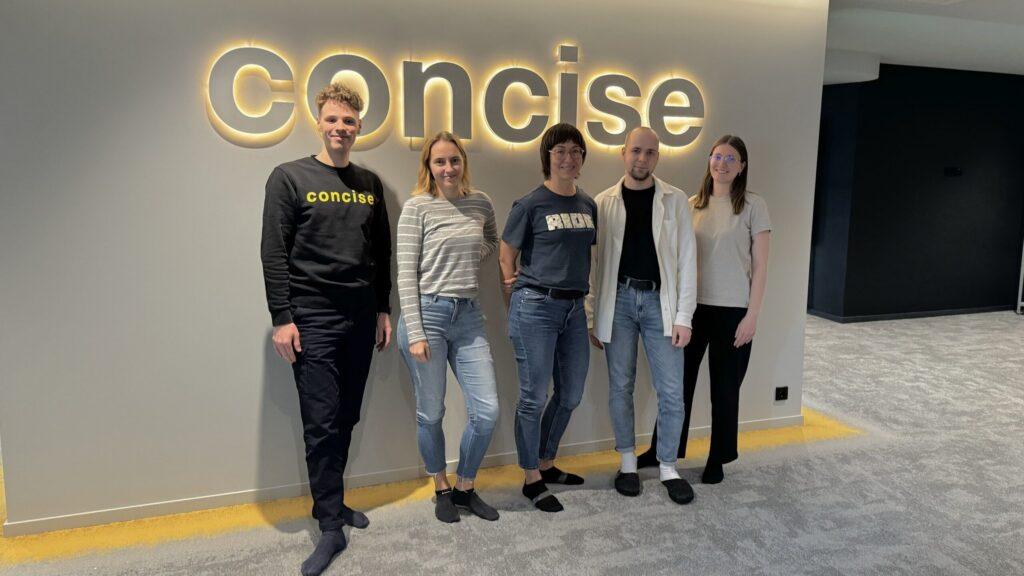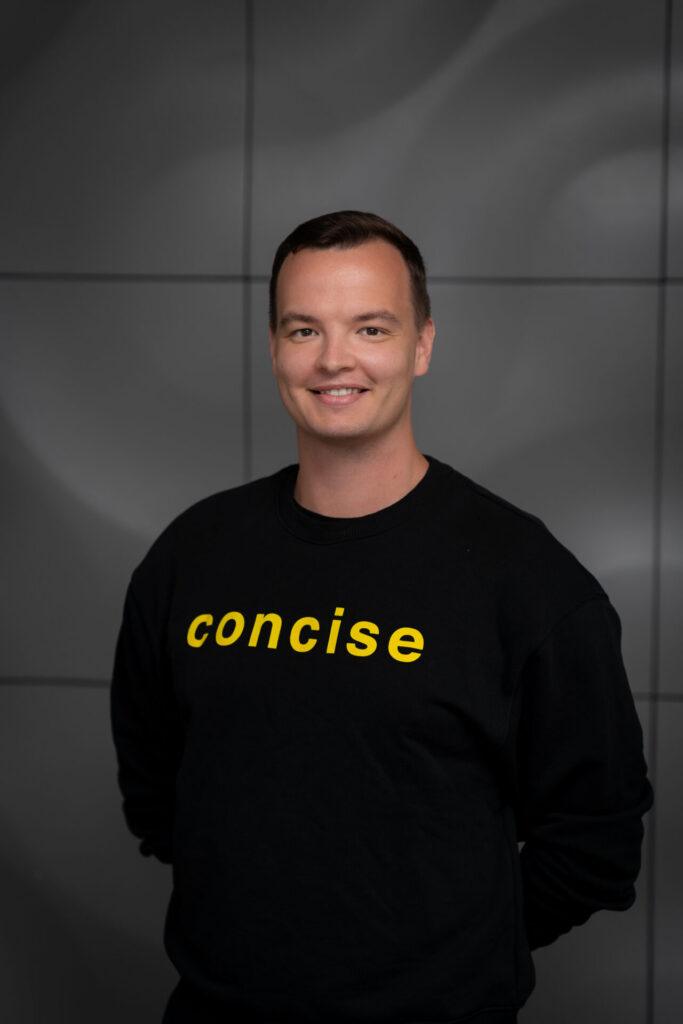I recently attended a router security training led by a very experienced expert. The session was long, detailed, and… exhausting. It was mostly a slideshow presentation. And just a few days later, I had already forgotten most of it.
That’s when I realized – this is a really slow and ineffective way to learn.
A better approach: naturalistic decision-making
I was amazed when Toomas Roolaid, an expertise-building consultant, introduced the naturalistic decision-making (NDM) framework at the Tallinn Business Incubator.
One of the main ideas of NDM is tacit knowledge – knowledge that can’t be explained with words alone. It comes from experience and hands-on practice.
It’s like learning to ride a bike!
Gary Klein, one of the proponents of the NDM, gives a great example: learning to ride a bike.
You can give someone instructions, but in the end, the most important part is the feeling of balancing a bike. That’s something you can’t learn just by reading or looking at the slides.
Learning faster at work – putting the framework into practice
We were interested to see if we could learn faster at work, especially about some of the maintenance processes that team members had developed over the past year. We also wanted to improve how we train new employees.
In other words, how can we acquire the tacit knowledge of the experts?
With Toomas Roolaid’s help, we prepared several training sessions – first for our team and later for the tech lead workgroup at Concise.
Here are some of the things we did:
1. Mapping maintenance processes:
We used tools like Shadow Box and Decision Forcing Case to understand how our financial engineering team members think when solving important problems in SRE (site reliability engineering). There was little we knew about how team members approach the maintenance concepts and processes we thought we had in place. We used the insights we gathered to draw up proper step-by-step guidelines and automated some of the black swans.
2. Predicting problems before they happen:
We added a pre-mortem step into our monthly closing process, which is part of the financial control lifecycle. This helped us spot possible issues ahead of time and fix them before they became real problems.
3. A hands-on workshop for tech leads:
We used the Decision Forcing Case to create a training session on delegation. Tech leads had to make real-time decisions about 4 scenarios — delegating tasks, roles, presentations, and process management. This helped them experience decision-making firsthand instead of just learning about it in theory.
The magic of learning fast
So, this all is very nice, but how does this help us learn faster?
The key idea behind NDM is to break tasks down into their most crucial components and how to transmit mainly these. It usually means some interactive situation one has to solve or participate in.
Instead of just listening to instructions, people experience the learning process by solving real problems on their own. This makes it easier to understand, remember, and apply what they’ve learned. Also, even when there is some reading to be done, it should be associated with immediate discussions with the people who already are experienced in the matter.
And the best part?
Learning this way is way more fun than sitting through endless slideshow presentations.
Tiit Kuuskmäe is a Tech Lead at Concise Systems, mostly working on medtech and fintech projects.





